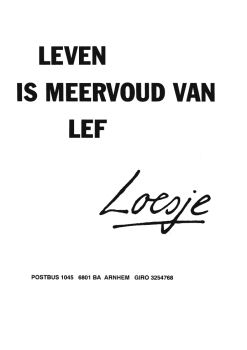Vision
‘Lef’, which means guts, or courage in Dutch, is derived from the Hebrew word ‘lev’ which means heart. I believe that in order to change, to be yourself, to ask for help or to stand up for yourself you need lef. Lef doesn’t mean you’re not afraid, but rather that you do what you deeply want to do, despite the fear. I believe everybody has lef. And we draw our lef from our heart full of love and hope.

Integrative vision:
In my practice I work from the integrative vision. This means I trust and work with the wisdom and power of the child and parents and that this is more important than any theory or method. There are many ways in which problems can be explained. I have knowledge about many of them and I use them to have a broad look on your situation and possible solutions. I use the interaction between the different areas and combine it with my knowledge and creativity to compose the best possible therapy for your child and family.
For example:
An eight-year-old girl has stomach aches (medical model) and is lying a lot (behavioural model). Mother has many high expectations (systemic model) and the girl thinks she has to be perfect (cognitive model). Her load is heavier than she can carry (stress model). Difficult feelings are pushed aside and she can’t talk about them (psychodynamic model). She doesn’t know ‘who she is’ (transpersonal model).
All these factors interact with each other and give possibilities for change.
The doctor examined the child and the stomach aches don’t seem to have a medical reason. We work with the hypothesis that the stomach aches and the lying are symptoms of the underlying problem. I see a girl that struggles to fit the high expectations of her mother and herself and lost herself and her own needs in the process. An important starting point is helping the mother see how her high expectations are impacting her daughter and helping her find other ways to raise her child. This takes time and in the meantime I start working with her daughter. While talking and playing we are discovering who she is. Playing with dolls and stuffed animals she shows what she can’t say yet and she begins to find words for what she feels. She becomes more relaxed and starts to express what she needs and wants. She learns to stand up for herself and to make mistakes. We laugh about her lies and find more convenient ways to communicate.
Mother and child both slowly change and their interaction becomes more positive, which helps them both to change even further. Mother seeks therapy for herself when she sees how her high expectations are a result of how she was raised herself. The girl starts coming less frequently (after a period of coming weekly) and after a while the therapy is ended. The lying has stopped and the stomach aches have decreased significantly. She is also doing a lot better socially with other children and her concentration in school has improved. She will always be welcome when needed in difficult times.



